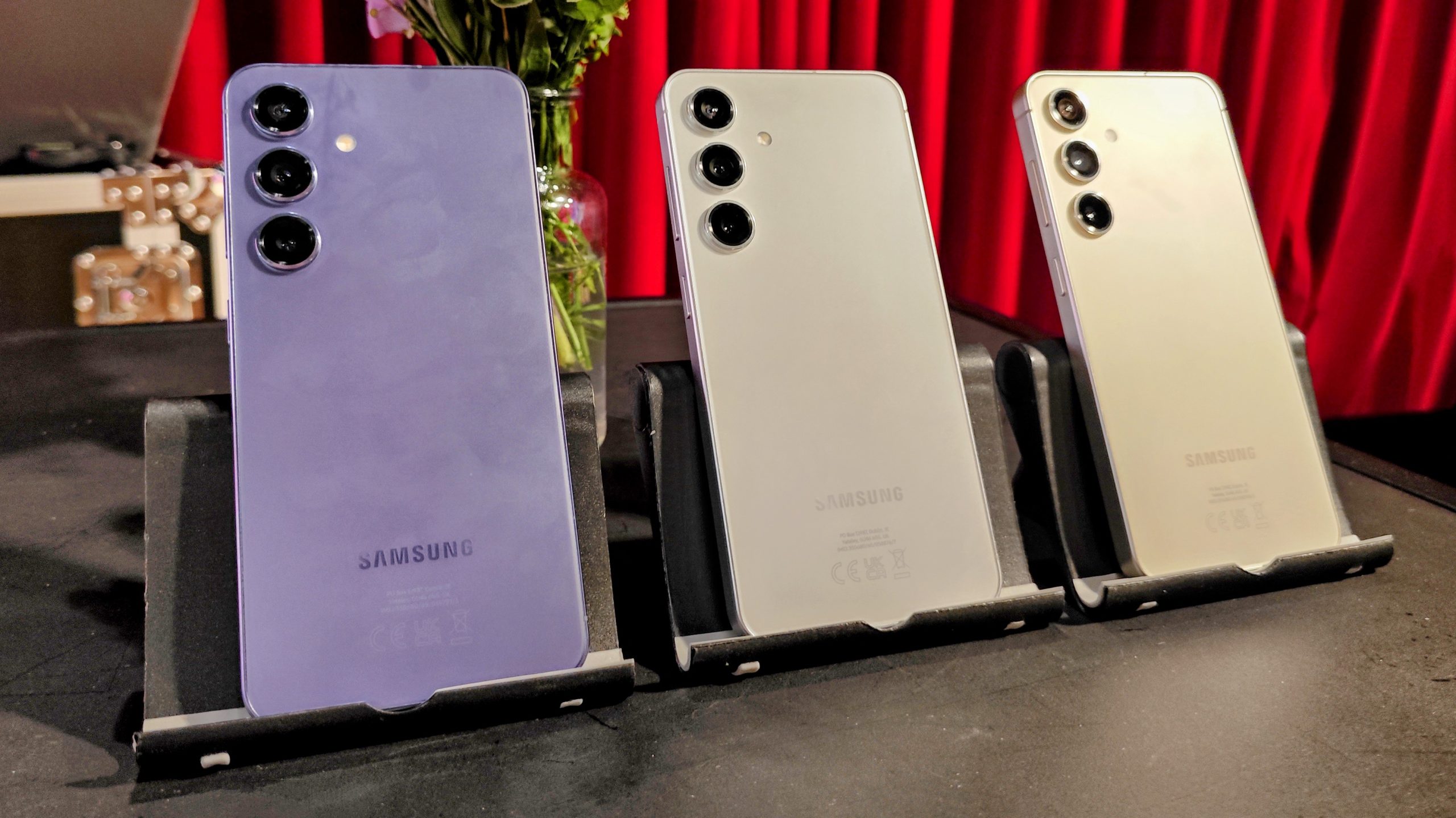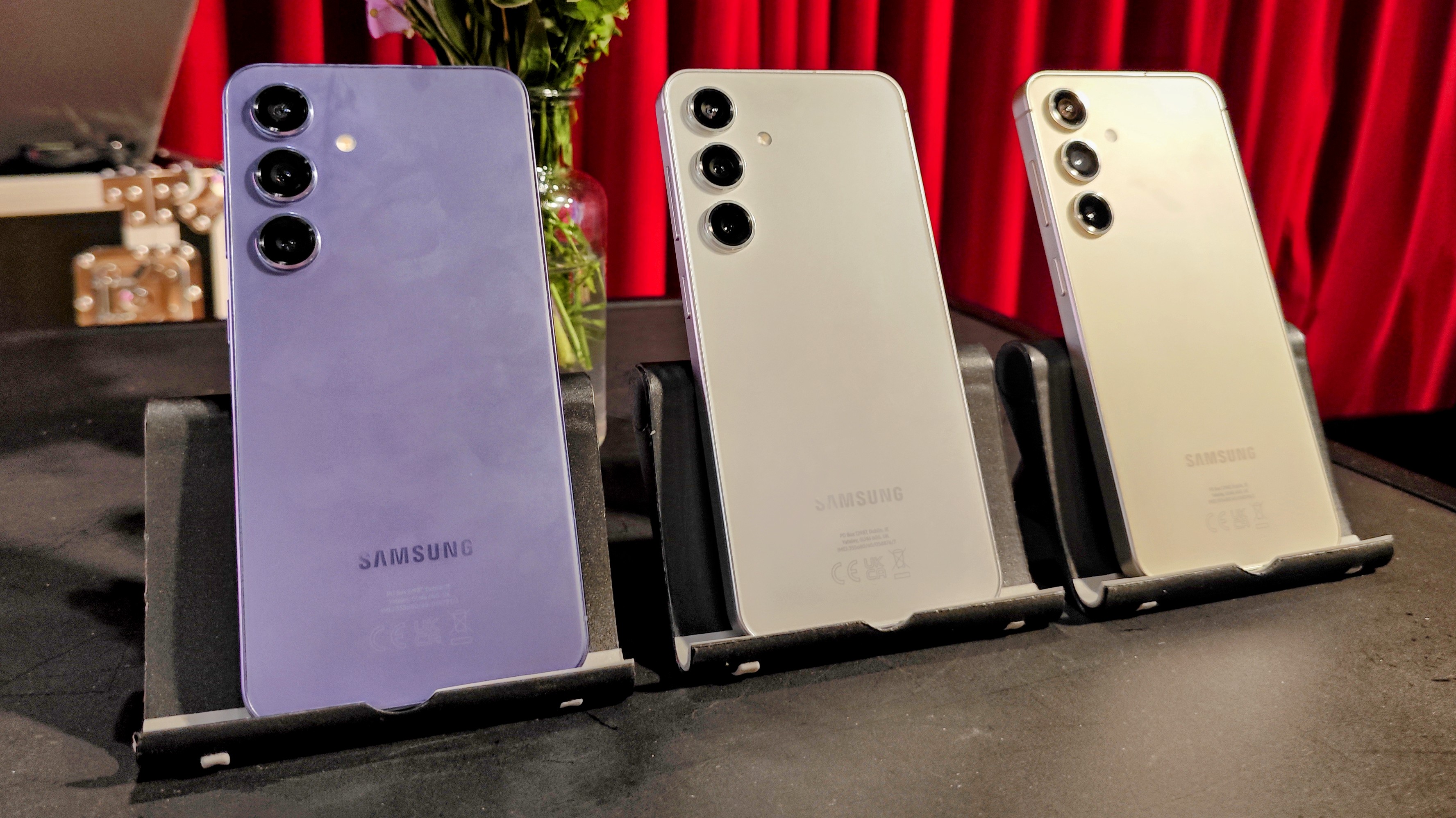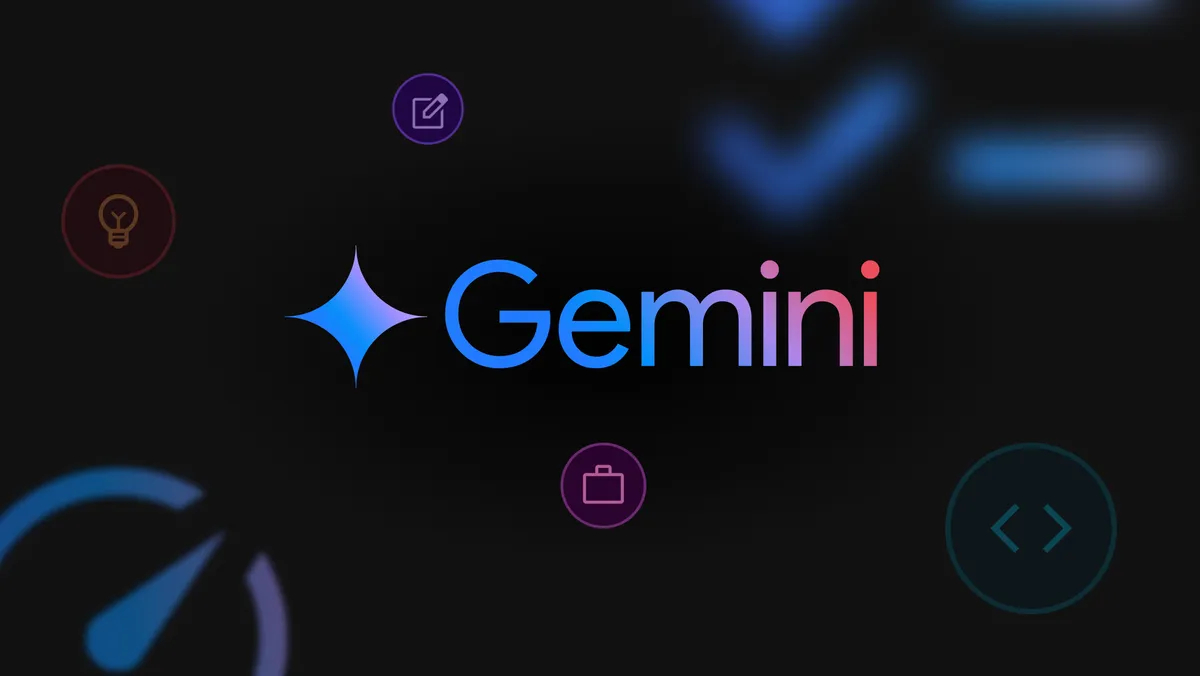Go Here to Read this Fast! Belkin’s new iPad keyboard case may be better than Apple’s Magic Keyboard
Originally appeared here:
Belkin’s new iPad keyboard case may be better than Apple’s Magic Keyboard
Go Here to Read this Fast! Belkin’s new iPad keyboard case may be better than Apple’s Magic Keyboard
Originally appeared here:
Belkin’s new iPad keyboard case may be better than Apple’s Magic Keyboard
Go Here to Read this Fast! 5 underrated movies on Netflix you need to watch in September 2024
Originally appeared here:
5 underrated movies on Netflix you need to watch in September 2024
Go Here to Read this Fast! Need to keep tabs on your dog? This pet camera is on sale for $18
Originally appeared here:
Need to keep tabs on your dog? This pet camera is on sale for $18
Go Here to Read this Fast! How to watch Iowa State vs Iowa: Time, channel and streaming info
Originally appeared here:
How to watch Iowa State vs Iowa: Time, channel and streaming info
Go Here to Read this Fast! How to watch Colorado vs Nebraska: Time, channel and streaming info
Originally appeared here:
How to watch Colorado vs Nebraska: Time, channel and streaming info
The Roku smart TV platform is an accessible way to watch your favorite streaming content in a centralized location – either built-in to TVs, or by adding affordable dongles or set-top boxes to older televisions. However, a common frustration for any smart TV or streaming service user is that some of the best shows and movies are inaccessible due to geo-restrictions.
Using a VPN is a common way to tackle this issue, but unlike Fire TV, Apple TV and other rivals, Roku systems don’t have native VPN support. But that’s not the end of the story: You can still use a VPN to access a wider range of programming via a Roku — you just need to use a workaround. We’ll show you how.
When it comes to streaming, a VPN has one main benefit: changing your IP address. A VPN tunnels your connection through its servers to obfuscate your IP, making it seem like you’re watching from elsewhere. As a result, a service like Netflix will see your location as, say, the United Kingdom versus the US. You’ll then have access to a different set of programming. For example, the TV show Friends is available on Max in the US, but it’s only available on Netflix in the UK.
VPNs have several other benefits related to privacy and security. VPN servers have military-grade AES 256-bit encryption, meaning they’re more secure than connecting to the Internet normally. So, since you’re browsing the Internet by tunneling through the VPN, your Internet service provider can’t see all of your browsing destinations (and sell your viewing habits to data brokers).
Although Roku doesn’t natively support VPNs, there are a few workarounds. You can, for instance, set up a VPN on your home’s router. That allows you to protect the whole network and every device that connects to it, keeping everyone in your household anonymous online. But it can also cause confusion when you want to access local services — and it requires a very high-level of technical knowledge, and only works with certain routers.
Instead, we recommend a far easier method: connecting a VPN to your Roku via AirPlay or screencast. To do this, subscribe to a VPN and install it on your smartphone or laptop. Then, stream content on that device and AirPlay or screencast it to your Roku TV. The icon to do this should look like a TV with Wi-Fi rays.
We prefer this method because it’s simpler overall. You can access any geo-blocked content on your smartphone or laptop first and then cast it on your smart TV.
You can make sure your Roku model is AirPlay-compatible by checking this resource on Roku’s site. If it isn’t, you can always just directly patch your phone or laptop to the TV using an HDMI cable or an appropriate dongle.
This article originally appeared on Engadget at https://www.engadget.com/cybersecurity/vpn/how-to-use-a-vpn-on-roku-130009703.html?src=rss
Go Here to Read this Fast! How to use a VPN on Roku
Originally appeared here:
How to use a VPN on Roku
Boeing’s Starliner capsule has undocked from the ISS at 6:04PM Eastern time on September 6 and has safely and gently landed at White Sands Space Harbor in New Mexico at 12:01AM on September 7. Calypso, as the capsule is called, didn’t have a crew onboard despite flying to the ISS with astronauts Suni Williams and Butch Wilmore. NASA decided in late August that the astronauts will come home on a SpaceX Crew Dragon capsule in February for safety reasons. Wilmore and Williams merely provided support for the capsule’s trip back home and watched the coverage of its re-entry and landing. “You have got this. We have your backs, and you’ve got this. Bring her back to Earth,” Williams told ground control.
The astronauts flew on the Starliner as part of its first crewed flight meant to prove that the spacecraft is ready to regularly ferry humans to the ISS alongside the SpaceX Crew Dragon. They were only supposed to stay on the orbiting laboratory for eight days, but the spacecraft’s service module started leaking helium on their way there. Some of the module’s thrusters had malfunctioned, as well. The Starliner uses helium to pressurize its fuel tanks and to push propellant to its thrusters that maneuver the spacecraft. Over the past three months, engineers on the ground conducted tests on Starliner with help from the astronauts, but NASA ultimately decided to have the Starliner fly back home uncrewed because it didn’t have confidence with the certainty of the thrusters’ performance.
During the Starliner’s post-landing press conference, Boeing was noticeably absent, and three NASA officials talked about the landing instead. When asked why Boeing wasn’t there and if the relationship between the agency and the company was affected by Starliner’s issues, the representatives said that Boeing deferred to NASA to represent the mission. They said that all three of them talked to Boeing’s managers and that the company is committed to working with the agency. Steve Stich, the manager for Commercial Crew Program at NASA Kennedy, also added that while all of them were happy with the landing, a part of them still wishes it would’ve gone the way they’d planned, with the astronauts coming home aboard the Calypso.
Stitch, Joel Montalbano (NASA’s deputy associate administrator for Space Operations Mission Directorate) and Dana Weigel (NASA’s manager for the International Space Station) all praised the Starliner for its successful docking and “bullseye landing.” They said they learned a lot from the mission, which apparently achieved 85 to 90 percent of its objectives, and stressed that it’s important to remember that things don’t always go as planned when it comes to test flights.
It’ll take around two weeks to get the Calypso back to NASA grounds and around a week after that to get all the data from the capsule. NASA and Boeing are planning to analyze the data the spacecraft gathered across its systems from its time in orbit until its undocking, reentry and landing. They will then use that information to design improvements for the spacecraft.
Unfortunately, they wouldn’t be able to inspect the thrusters that malfunctioned on the flight to the ISS, as well as the “doghouses” that contained the spacecraft’s propellant system where the helium had leaked. They had always planned to discard the service module that contained those elements upon re-entry, and it’s now at the bottom of the Pacific Ocean. NASA previously said that the issues cropped up because the propulsion equipment got hotter that expected while flying, causing container seals to loosen and to leak helium. In case of the thrusters, the heat apparently caused seals to bulge and restrict propellant flow, leading to outages.
Stitch said he wouldn’t call those problems insurmountable — they just need some time to address them. They also can’t tell at the moment if Starliner’s next flight would have a crew onboard. For now, the agency is preparing for other missions. By the end of September, the SpaceX Crew-8 mission vehicle is scheduled to undock and come back to Earth, while the SpaceX Crew-9 mission is expected to launch. Crew-9 will fly with two astronauts instead of four to make room for Wilmore and Williams for its return flight in February.
This article originally appeared on Engadget at https://www.engadget.com/science/space/boeings-starliner-is-back-without-the-astronauts-it-flew-to-the-iss-110013469.html?src=rss


Go Here to Read this Fast! Samsung Galaxy S24 FE: latest news, rumors and everything we know so far
Originally appeared here:
Samsung Galaxy S24 FE: latest news, rumors and everything we know so far


Originally appeared here:
I switched to a Pixel 9, here’s what the iPhone 16 needs to do to win me back, and it’s not what you think
Originally appeared here:
Ransomware demands exponentially increase, averaging $1.5 Million this year